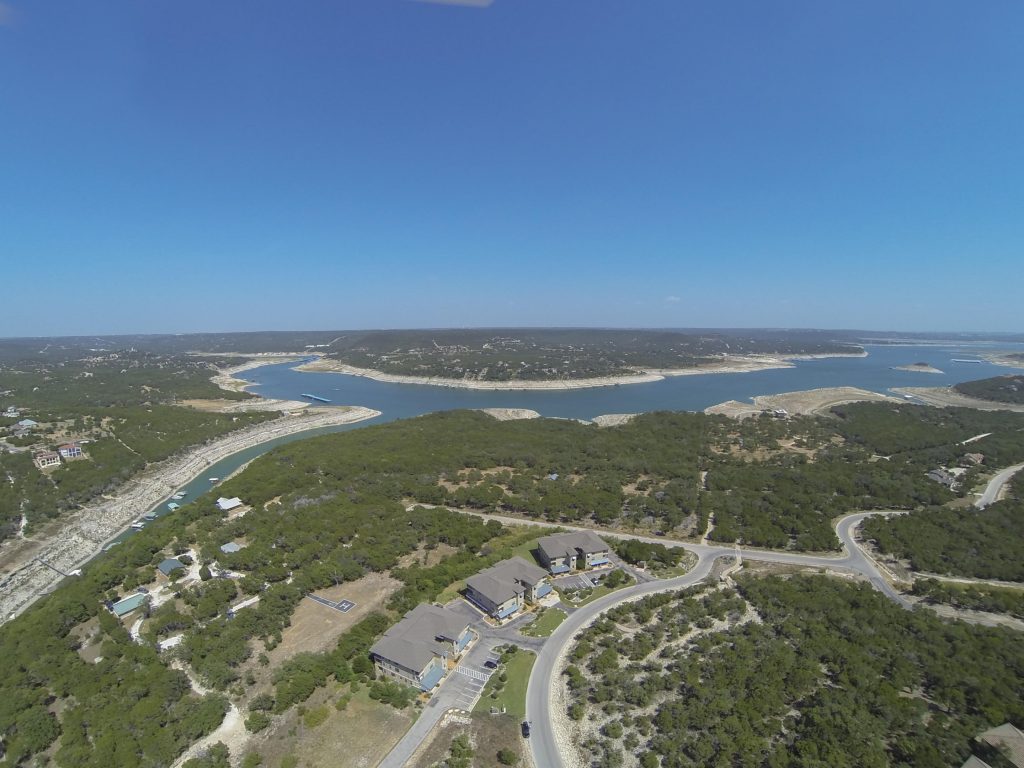Waterfront properties in the Austin Metro got a little help in the past week from the LCRA. This is important for anyone who has property on the waterfront, those who use the lake for recreation, and frankly for anyone who enjoys using water and water related products. Downstream farmers (with the exception of one small area) will not receive water from the highland lakes.
Farmers to Receive Substantially Less Water Due to LCRA Rules
The LCRA rules deem that if water is less than 850,000 acre-feet, farmers will not receive water from the LCRA (1 acre-foot=325,851 gallons). With the lakes holding only 847,500 acre-feet, this important cut-off was missed by about 2,500 acre-feet. This is an interesting fact, as had the lakes had been just a fraction fuller, the LCRA would have been obligated to provide this water downstream.
The amount of water given to downstream farmers is significant. Last year, downstream farmers received about 368,000 acre-feet of Highland Lakes water for a first and second crop. This is approximately 120 billion gallons of water. For reference, the highland lakes hold 655.1 billion gallons of water. Lake Travis has a capacity (at 681 feet) of 369.8 billion gallons and Lake Buchannan holds 285.3 billion gallons of water. The amount of water given downstream to farmers equals over 18% of total water capacity of the two lakes.
LCRA’s New Management Plan Pending Final Approval by TCEQ
Secondly, the LCRA also approved a new management plan on February 22, 2012 which allows the agency more authority to deal with drought conditions. Final approval by the Texas Commission on Environmental Quality is necessary to finalize the plan. The full report can be found here. Much of the problems managing water in the Highland Lakes can be attributed to our current water management plan.
The triggers for droughts will also change if the new plan is implemented. The 2010 drought triggers can be found by clicking here. The new plan will give the LCRA more ability to implement restrictions to water users when drought conditions occur.
Water Use Restrictions to Likely Remain Unchanged for 2012
A third factor which helps water levels is that water restrictions will likely not be lifted in 2012. All of these factors should contribute to rising water levels in the Highland lakes. This is good news for those who wish to buy or sell lake travis property. Of course rain, and rain the right locations is also necessary.
For most property owners, a great difference in value (or a sale or not) can be great depending on a few feet of water. Most lakefront properties are 100% usable if the lake is within 20-30 feet of full capacity. Anything over 651 feet (30 below capacity) and 661 feet (20 below capacity) generally gives most lakefront owners full use of their property for waterfront usage.
According to the Austin Water Utility, Austinites use between 1.2 and 1.4 billion gallons of water in any given week. Water restrictions have reduced this amount by around 10%, bringing current usage towards the lower end of these figues. An average Austin household uses approximately 8,500 gallons of water a month. Apartment users average around 2-3,000 gallons per person per month.
For more information on further developments surrounding Lake Travis waterfront properties, or for inquiries regarding the purchase or sale of homes in the area, contact Steve Broyles at 512-917-4298.





